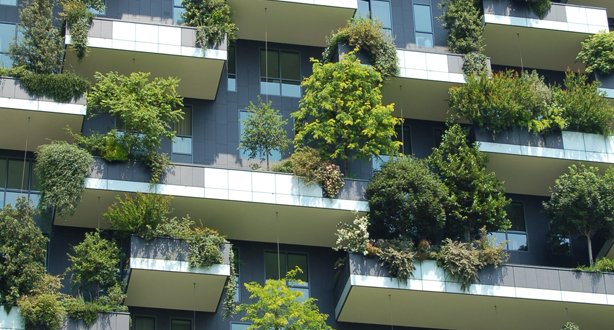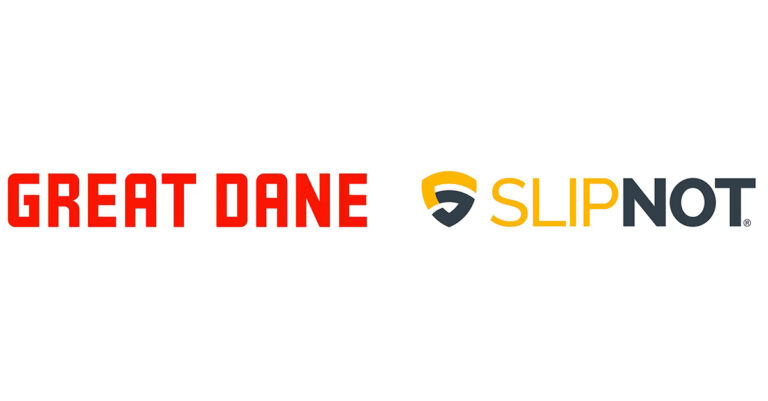According to the EPA, “Sustainability is based on a simple principle: Everything that we need for our survival and well-being depends, either directly or indirectly, on our natural environment. To pursue sustainability is to create and maintain the conditions under which humans and nature can exist in productive harmony to support present and future generations.” While sustainability is most often used in reference to environmental concerns, it has become synonymous with corporate responsibility in recent years. But what is corporate responsibility? Back in 1994, John elkington created the concept of the “triple bottom line”. Instead of corporations just measuring performance by profit, they should also include people and the planet. This has lead to the current concepts of corporate responsibility and sustainability both being “a union of economic, social and environmental responsibility.”
Occupational health and safety are a natural and important part of social responsibility, and therefore corporate responsibility and sustainability. When safety is ignored in sustainability efforts, the consequences can be worse than expected. Take a building that has installed skylights as a way to save energy. The owner has to take into account the safety risks that now exist for the workers responsible for cleaning the skylights. Another example is a battery recycling in Los Angeles. Lead emissions at the facility threatened the health and safety of thousands of nearby households, in direct contrast to the typical image of a “green” business. The facility has since been shut down, but the lasting effects of the workers and community exposed to the lead are unknown.
Some companies are making solid efforts to integrate safety into their larger sustainability efforts. United Rentals, an equipment rental company out of Stamford, CT, has successfully made environmentally sustainable changes that have also improved safety and economic standing. In 2011, the company replaced old lights with new energy-efficient lighting. While the environmental and economic benefits are obvious, the better lighting also led to safer working conditions. The CFO of United Rentals had an employee comment to him that “I can actually see what I’m working on.” A well-lit workplace a safer workplace. United Rentals also began using RPM QuickConnect technology, which allows for oil to be changed without spilling a drop. Not only did the company save money and materials by not wasting oil, it also lowered the risks of accidents from the hazardous environment created by oil spills. The initiative is safe, socially, economically and environmentally responsible, and truly sustainable.
When considering safe, sustainable improvements that can be made to your workplace, look no further than SLIPNOT® Metal Safety Flooring. SLIPNOT® manufactures slip resistant metal flooring products that exceed all standards and recommendations for coefficient of friction, keeping workers safe and on their feet in wet and dry conditions. SLIPNOT® also uses a minimum or 40% and a maximum of 83% recycled content. The products are high quality and long-lasting, reducing the environmental impact of frequent replacement. If your company is within 500 miles of SLIPNOT®‘s Detroit facility, you can potentially get LEED regional materials credit as well. Overall, SLIPNOT® is not only a safe solution for slippery floors, it is also a sustainable one.
Resources: Sustainability, EPA.gov




